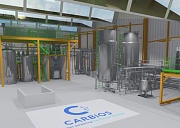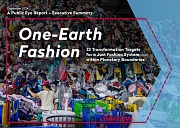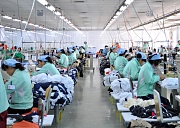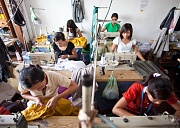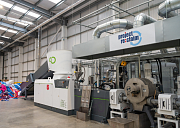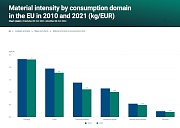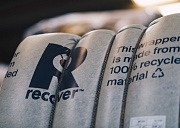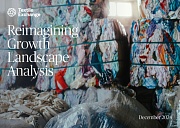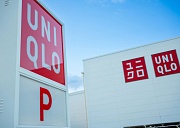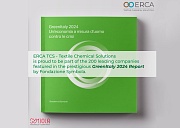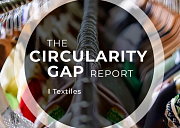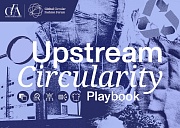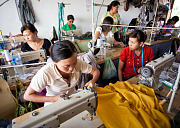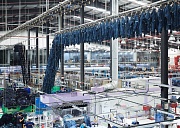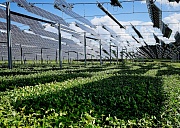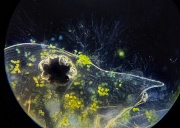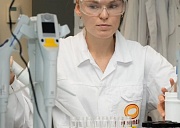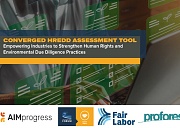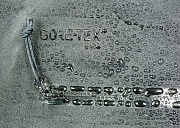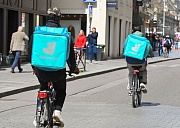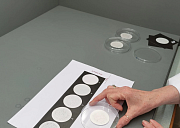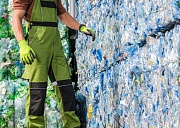Module update
The facilities module is where SAC has amassed the largest amount of submitted data and also has the highest degree of compatibility, so it’s no real surprise this tool will be first to market. “We have had 13,000 modules uploaded since Higg first started, that’s no small number,” he said. “In 2013 we had 405 modules posted; in 2014 we had 1,936 modules posted; up to May 2015 we have had 10,826 modules posted to Higg. If you look at this on a graph it’s a big uptick.”
Of course, Kibbey would like to see more activity from brands and suppliers; and acknowledges that most of the information has been supplied from a core group within the SAC membership which now represents over 170 companies. “You’re right, not everyone [SAC members] has used Higg,” he said. “But most of those who’ve been SAC members for a reasonable time have some sort of pilot testing going on. I do see a range of use. Some have used Higg only a handful of times and others have had several thousand interactions. But what you are also seeing, as we are getting more facilities on the system, are companies connecting without having to roll out the Higg.
“For example, because 6,000 supplier facilities have engaged, and many brands and retailers share suppliers, these factories are helping to facilitate connections. We have almost 38,000 of these connections so far. So even though we have brands who have not yet rolled out Higg, they are still connecting with their supply chain who are already using Higg.”
Brand and product tools
The newly agreed SAC roadmap confirms that data from the brand and product tool will be released in 2019 and 2020, respectively. This is partly because of a lower uptake of the brand modules and also the difficult and complex nature of developing a tool that can accurately score the environmental and social impact of a product.

Kibbey explains: “Although we have started to see a much bigger uptake of the brand module in the last few months, we’re still working on verification, so it will change a little bit before we can do a full assurance. But we are definitely looking at a 2019 date for launch of the brand module and its data.”
Finally, the SAC roadmap shows the last piece of the Higg jigsaw will be the release of the product assessment data. “Our members wanted a lot more changes to our Design and Development Module (DDM) beta before its release ... so that will be coming out in September. Making foot-printing information on product will take some time as we have seen from the Product Environmental Footprint (PEF) module, so that release will be in 2020,” he confirmed.
The development of an accurate and transparent product module will clearly represent the biggest challenge for Sustainable Apparel Coalition and its members. Yet Kibbey is still confident the SAC can deliver this information to the public within the newly published timelines.
“We can definitely commit to this timeline based on our current resource levels,” he noted, “However, if a member brand or a partner government wants to resource us so that staffing levels are higher, then we are confident we can even accelerate this timeline.”
The allusion to the potential involvement of a government body is interesting and State backing for the Higg Index would clearly be a big boost to its roll out to consumers – at least regionally.
Perhaps another way for the SAC to ensure Higg has the biggest global impact on the social and environmental buying decisions of consumers would be to become less reliant on a core group of stakeholders to supply data, and to have some way of flagging up – directly or indirectly – which members are still sitting on the sidelines.
Now that would be transparency in action.















